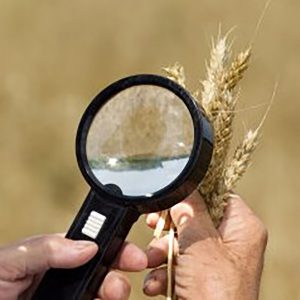Ongoing mycotoxin risks in key regions

Animal welfare, productivity and agricultural sustainability remain at risk due to the persistent presence of mycotoxins, according to the latest dsm-firmenich half year survey.
The study, which involved the collection of 11,520 samples being analysed from 77 countries across the globe between January and June, found widespread presence of mycotoxins.
The persistent presence of mycotoxins continues to post a threat to animal welfare, productivity and sustainability in agriculture
Most frequently found mycotoxins
Fusarium mycotoxins, deoxynivalenol (DON), zearalenone (ZEN) and fumonisins (FUM) were most frequently found with the highest regions encountered in North and Central America, South Asia and China and Taiwan.
In China and Taiwan the prevalence of FUM was recorded at 94%, DON (87%) and ZEN (74%), while in South Asia levels of aflatoxins were highest (70%), followed by ochratoxins (66%), T2 (64%) and FUM (70%). In North America prevalence of ZEN (75%) and DON (73%) were highest.

Looking at statistics compared to this time last year, higher levels of DON were found in most regions with pig, poultry and ruminants at risk.
Commenting on the results, Ursula Hofstetter, head of mycotoxin risk management at dsm-firmenich, said: “The persistent presence of mycotoxins continues to post a threat to animal welfare, productivity and sustainability in agriculture. These results once again underscore the critical need for effective mycotoxin management strategies.
“Implementing such strategies is crucial for maintaining the profitability of both the feed industry and animal protein production sectors,” she argued.
More than 500 samples from 27 nations analysed by the firm’s Spectrum products revealed that 99% of samples contained 10 of more mycotoxins and metabolites with Tryptophol, Aurofusarin, Moniliformin and Enniatin B being the most prevalent. 10 out of 10 samples were contaminated with Fusarium toxins and there was an average of 51 mycotoxins and metabolites per sample.











